Compared with new buildings, cultural heritage buildings are generally more susceptible to environmental influences, especially for humidity and salt. Therefore, antiques need to be repaired regularly and every precious historical record should be kept as far as possible. However, when restoring antiques, it is often found that the second abrasion, fading or even fracture will lead to a greater difference from the original appearance.
Antiques are often damaged by many accidents due to the fact that buildings are mainly made of wood structures and aging equipment.
A fire broke out in Macao’s A-Ma temple in the early morning, burning the altar, plaque and furniture of the main temple. The fire was fierce, emitting a large amount of smoke, and the A-Ma statue in the temple was also affected. It is expected to take at least one year to repair.
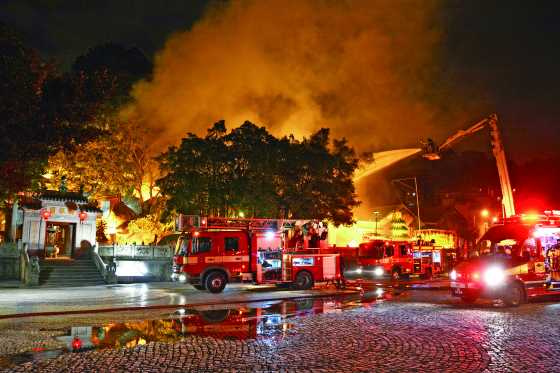
Notre Dame de Paris, France, the fire flushed the second half of the entire building. The fire quickly engulfed the spire of the Notre Dame tower and the spire collapsed in the middle.
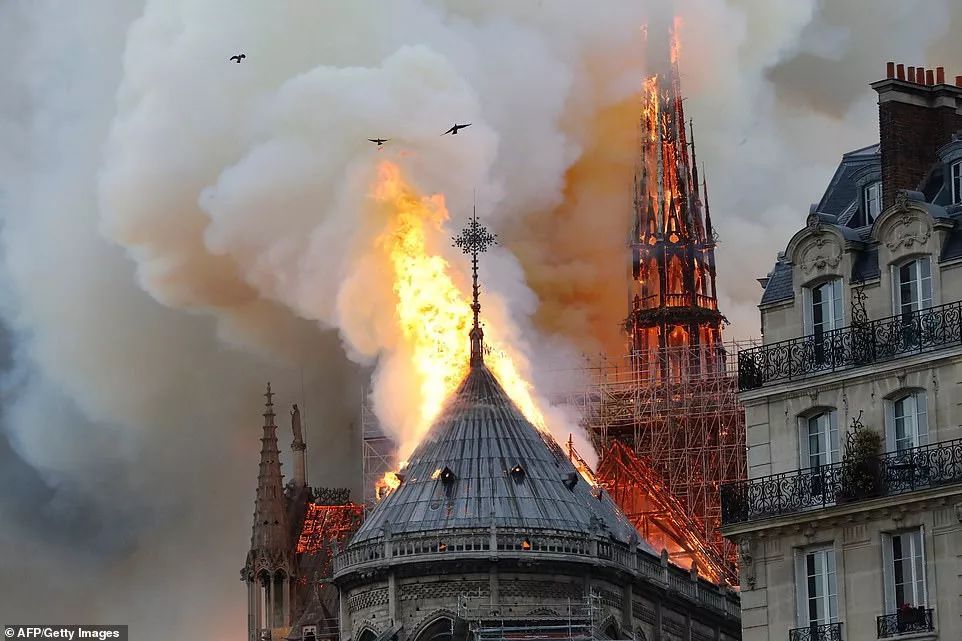
The fire in Historic Villages of Shirakawa-go and Gokayama apan, was only about 500 meters away from the important historical site “Wada house”.

Ryukyu Mura, an important landmark in Naha, Okinawa, Japan, was ablaze at night, causing damage to large wooden structures and others of the city’s main hall.
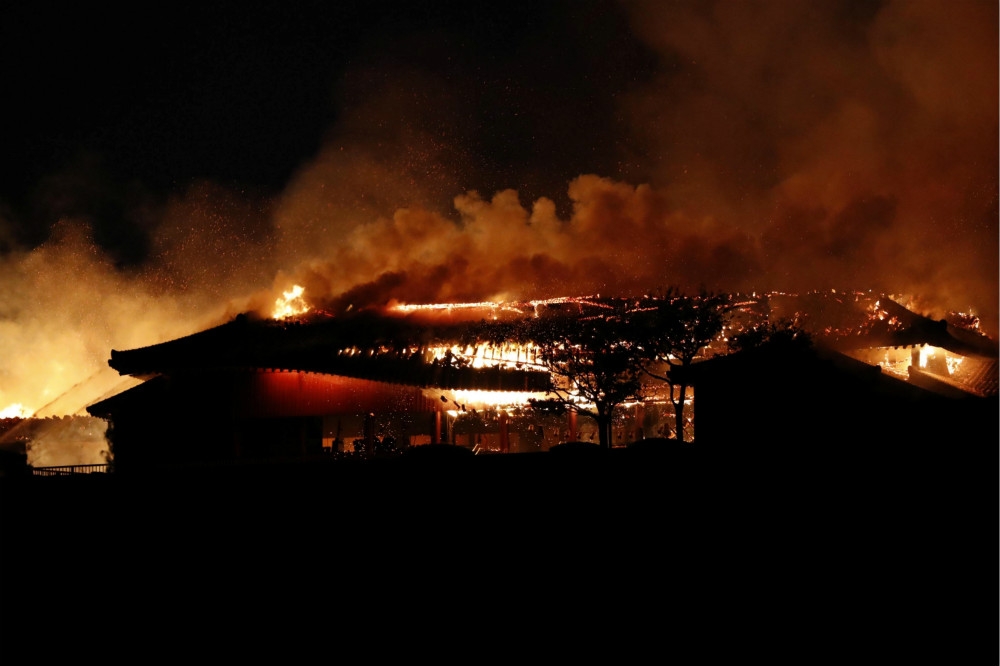
The fire was merciless and destroyed not only buildings and antiques, but also people’s marks on history. It can be seen that historical buildings around the world should strengthen fire prevention facilities to prevent the fire from damaging the precious cultural heritage again. At the same time, we still have many ways to change the world and better preserve historical buildings and antiques. According to Mr. Lu, who has more than 40 years of experience in antiques restoration, although the restoration technology of antiques has been so excellent that some antiques have not changed much in appearance. However, there are still quite a large number of antiques, we cannot find out what the original materials they used hundreds of years ago were, so it is difficult to trace their original appearance. Therefore, we sincerely hope that the antiques can be recorded in 3D as soon as possible, so as to be closer to the original appearance of the antiques, to better record the antiques, and to provide more complete reference materials for the future restoration of antiques.
In the worn antiques, there may be gaps or cracks between certain parts, and the color will fade as time going by, making it difficult to determine the original appearance of the gaps or cracks or their correct placement and edge placements, so it caused that it is more difficult to repair antiques with irregular shapes.
3D scanning is a technology that can capture real objects or environments and then construct a digital 3D model. 3D scanning has the following characteristics:
- Color and shape are recorded in the original state of 1: 1.
- RGB lens (color), infrared lens (depth).
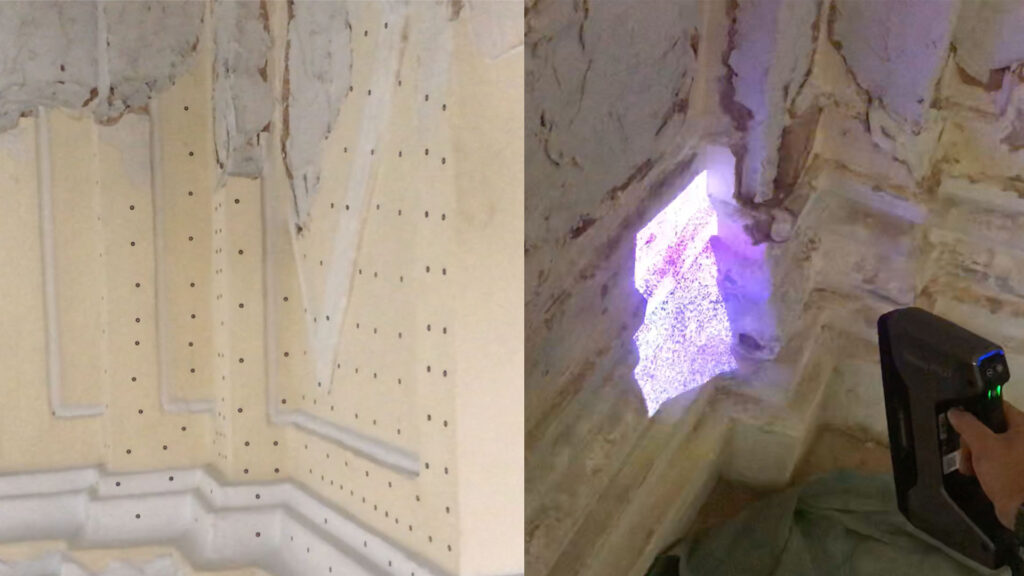
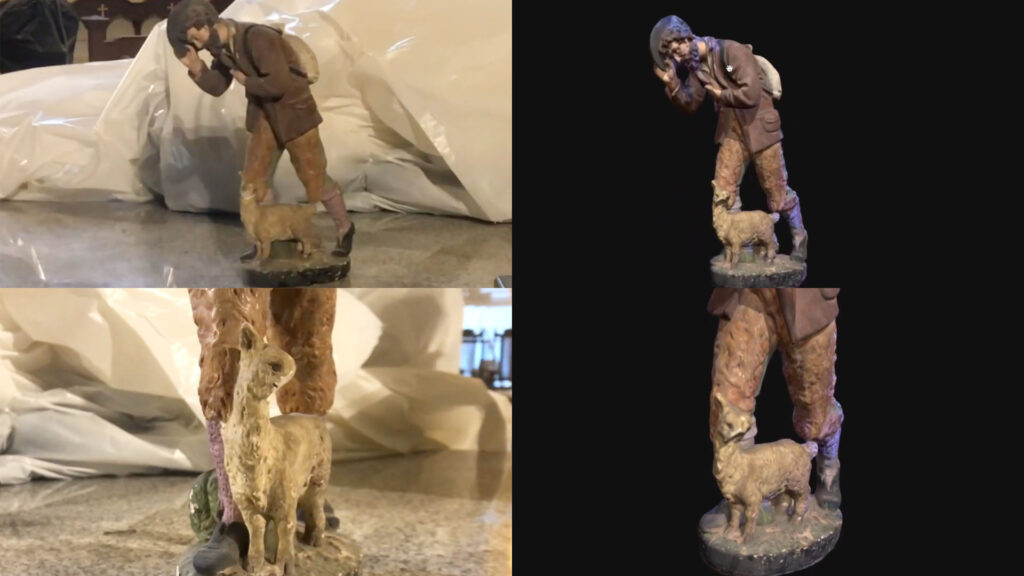
A complete object model is formed by combining lenses on all sides to capture each different angle of the object. The scope of the object captured by each lens is consistent with the real object. Finally, it is reflected on the computer with the original appearance of 1: 1.
Below is the result that makes the 3D scanning model become a sample by using the UV cureable resin with the 3D printing technology. This sample is reduced by a third of the size of model. As well as, in the future, the same model can be printed into real samples in different scales.
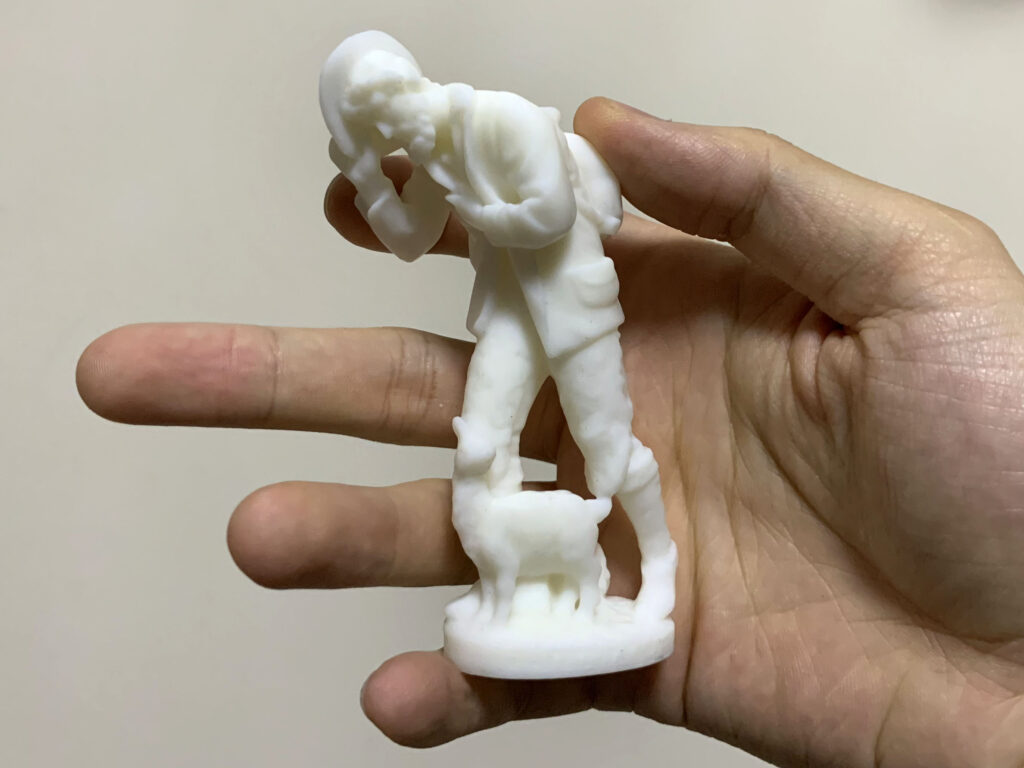
The main body of the hall is made of brick and wood, and the interlayer is made of wood floor. The indoor columns are brick square columns with painting. The interior construction area is about 1,300 square meters (14,000 square feet). Through 360-degree panoramic scanner and infrared depth scanner, the hall images (RGB) and depth are scanned and recorded.
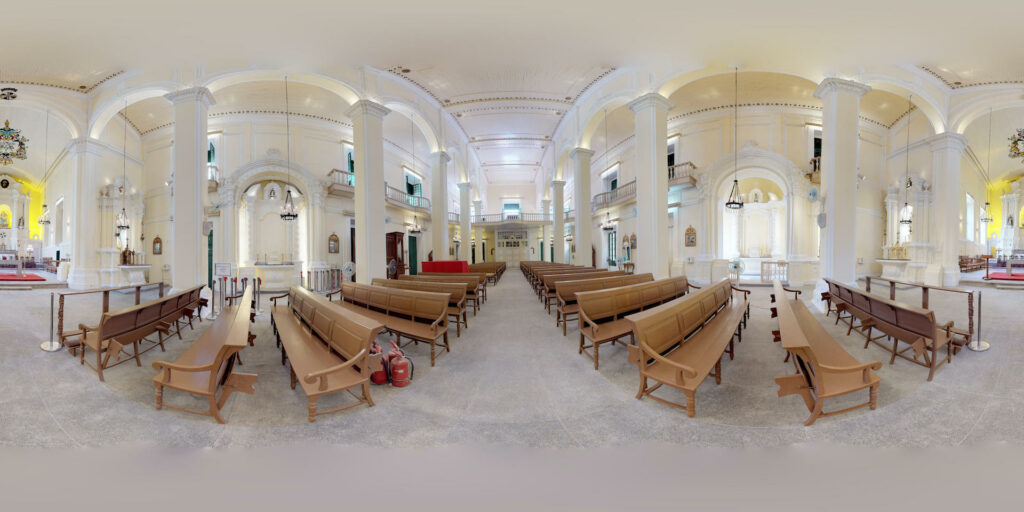
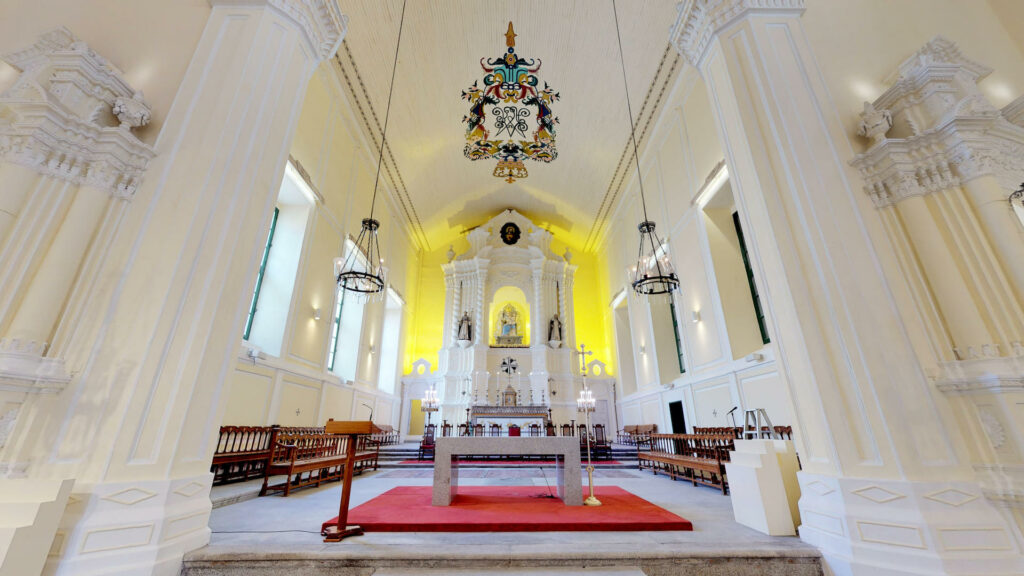
With utilization of VR360, we can collect the on-site objects and environment completely and acquire the 3D data in the early of the project. Thus, even if the tourists can not arrive in person, they still can see the actual objects and environment and experience in person to see the centennial hall.
With utilization of VR360, we can collect the on-site objects and environment completely and acquire the 3D data in the early of the project.
3D scanning indoor really helps to record the inside of buildings, but how should the outside of the building be recorded? Especially for buildings located in roadsides, house-sides and seasides, how can we check what damage on the roof and the outside wall? This is the turn of aerial camera.
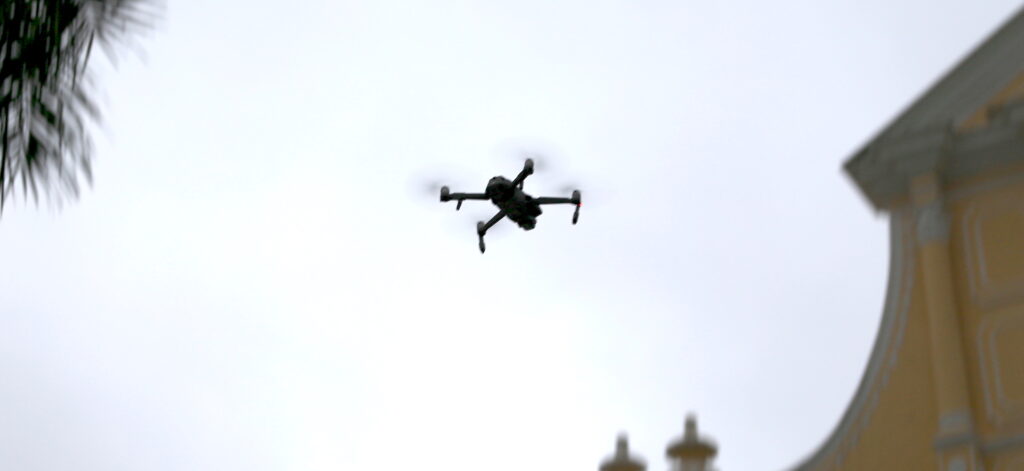
We can’t imagine that the side of such a quiet hall is a road actually passing up to 30 million tourists every year. Because indoor visiting cannot experience the new visual stimulation of the building’s periphery, which is blocked by walls.

Moreover, the position that people can arrive at is only limited to the ground, so that people just can look up at the hall, and people can only appreciate the sculpture of the hall on the second, third and even top floors with a long distance. Through an aerial shooting, baroque decorations with carved details can be shared from a new vision.
We are so happy to participate in this project and contribute to the protection of cultural heritage. The major restoration of Igreja de São Domingos last time took place in 1997, nearly 23 years ago. We hope that there will be more opportunities on contributing to the protection of cultural heritage in the future. And 3D mode provides new opportunities for the depiction of objects, the copies of antiques and all-round exhibitions.